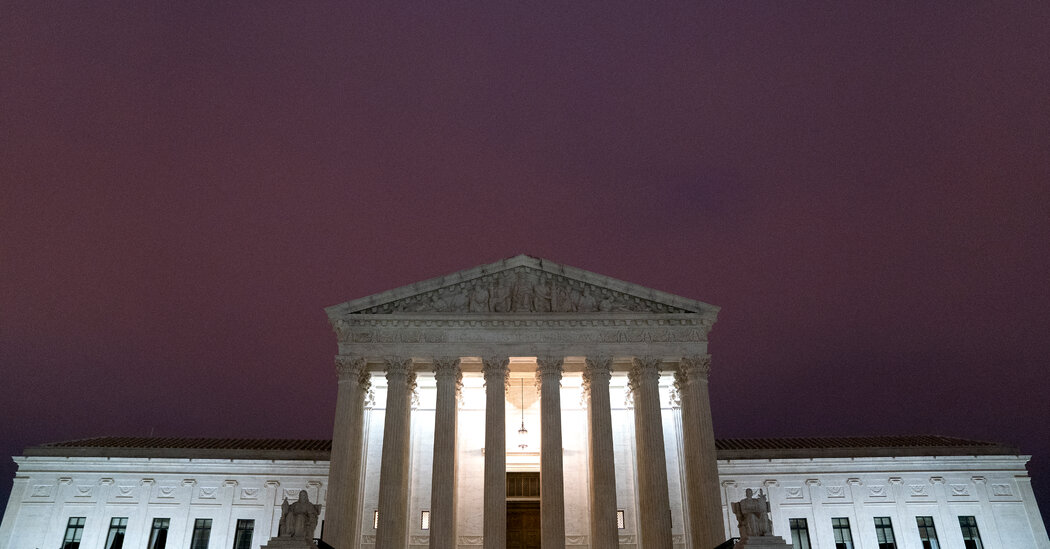Officer Daniel Rivas-Villegas then straddled Mr. Cortesluna, putting his left knee on the left side of Mr. Cortesluna’s back for what the Supreme C
Officer Daniel Rivas-Villegas then straddled Mr. Cortesluna, putting his left knee on the left side of Mr. Cortesluna’s back for what the Supreme Court opinion said was “no more than eight seconds.” Another officer removed the knife and handcuffed him.
The Ninth Circuit allowed Mr. Cortesluna’s excessive force lawsuit against Mr. Rivas-Villegas to proceed, saying the officer had been on notice that putting his knee on a prone man’s back with enough force to injure him was unlawful.
The Supreme Court disagreed. “Neither Cortesluna nor the court of appeals identified any Supreme Court case that addresses facts like the ones at issue here,” the court said its unsigned opinion in the case, Rivas-Villegas v. Cortesluna, No. 20-1539. A previous decision by the Ninth Circuit, the justices added, did not address sufficiently similar facts.
That decision concerned a man who was injured after the police responded to a noise complaint. In that case, the Supreme Court opinion said, “the officer deliberately dug his knee into his back when he had no weapon and had made no threat when approached by police.”
What to Know About the Supreme Court Term
A blockbuster term begins. The Supreme Court, now dominated by six Republican appointees, returns to the bench to start a momentous term this fall in which it will consider eliminating the constitutional right to abortion and vastly expanding gun rights.
The second decision on Monday, in City of Tahlequah v. Bond, No. 20-1668, also arose from a 911 call, this one in Tahlequah, Okla., reporting that a woman’s ex-husband was drunk in her garage and would not leave.
When three officers arrived, Dominic Rollice, the ex-husband, brandished a hammer. Officers Josh Girdner and Brandon Vick fired their weapons, killing Mr. Rollice. His estate sued, and the Tenth Circuit, in Denver, let the case proceed, ruling that a jury could find that the officers were not entitled to qualified immunity because previous rulings had put them on notice about creating circumstances that could lead to the shooting.
The Supreme Court ruled that the appeals court had not identified any earlier decision that “comes close to establishing that the officers’ conduct was unlawful.”
www.nytimes.com
